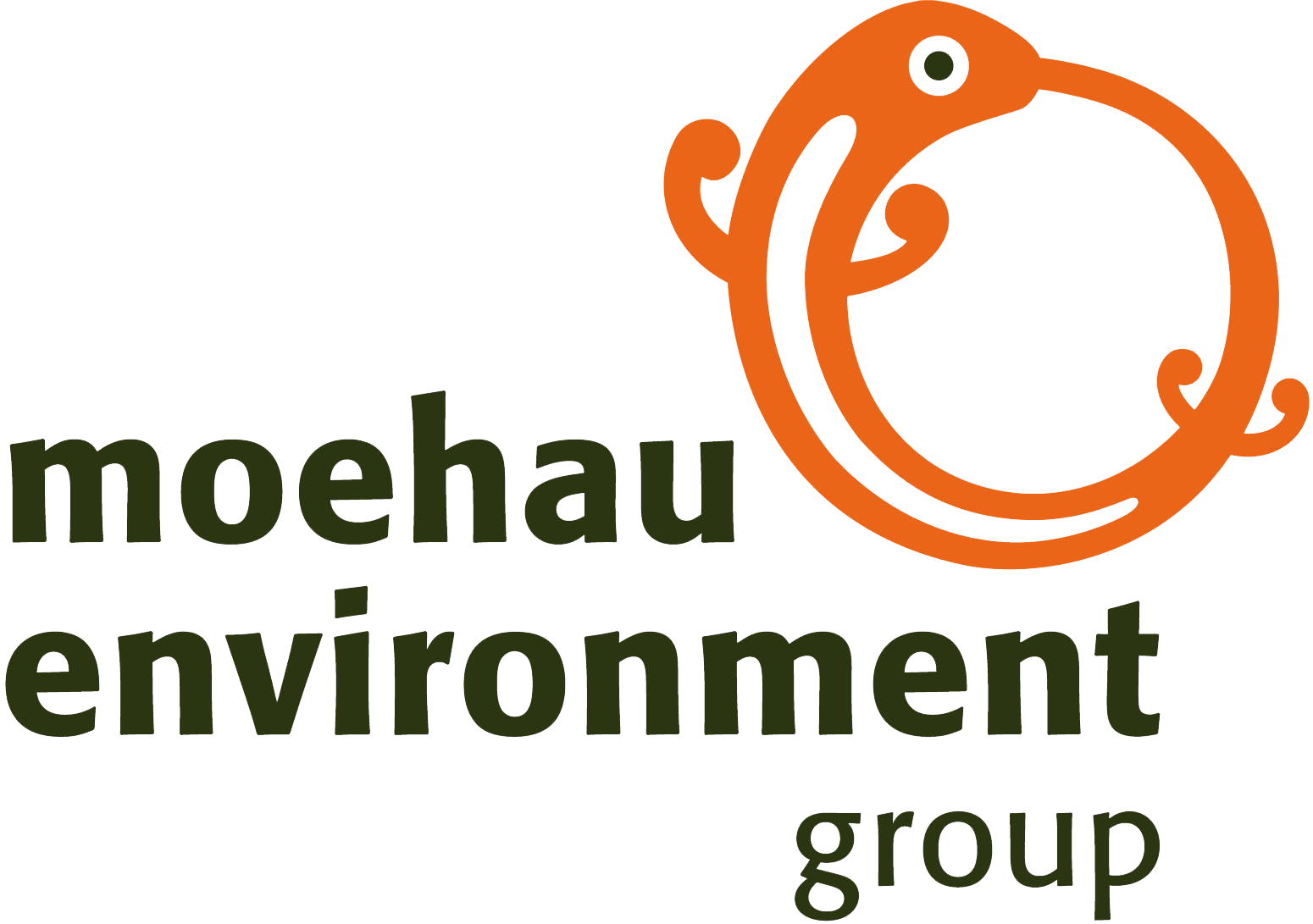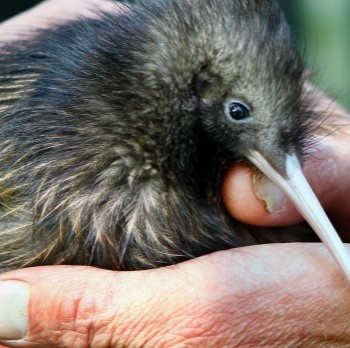Community Projects
Pāteke Hot Spot Project
Moehau Environment Group is helping to protect breeding populations of pāteke
The Pāteke Hot Spot Project was set up in 2023 in collaboration with the Coromandel Area School and Predator Free NZ in an effort to protect breeding populations of pāteke at the Coromandel Town oxidation ponds. This project involves monitoring, trap building and placement and community backyard trapping. Stoats and rats are a major threat to ground-nesting birds and our project will protect many rare bird species that have made their home in town.
We would like to thank our corporate sponsor Slab Racks for their support for this project.
 Pāteke Hotspot at the bottom of Coromandel Town.
Pāteke Hotspot at the bottom of Coromandel Town.
MEG has a long standing history of predator control around Coromandel Town and in the north of the Peninsula, and our aim has always been about controlling the presence of mustelids, rats and possums so our native species can have a chance of flourishing.
It is common when someone does encounter a stoat, for them to get in touch with us and we do everything possible in assisting them in accessing traps and learning how to become a trapper. Last November through to January, members of the community started approaching MEG about their stoat experience around the bottom of town and along the river which borders Hauraki Road. One clever chap managed to catch one in a live trap he purposely set up, another had seen a family of stoats swim across the river. The stoats were brazen, very comfortable and presumably well fed from the reported loss of ducklings that ensued.
Not far from this hot spot of activity is the town’s sewage disposal plant and it is here, where one of our talented local bird photographers regularly encounters a congregation of native bird species. In January she sighted pāpango (black teal/ NZ scaup), kōtuku ngutupapa (royal spoonbill), weweia (New Zealand dabchick), pūtakitaki / paradise shelduck, rakiraki/mallard, poaka/pied stilt and in prolific numbers, pāteke/brown teal. Pāteke are not as common as they once were, due to predation from cats, stoats and rats, loss of habitat, declining water quality, wetland drainage and being disturbed during nesting. Pāteke are mostly found in Northland, Great Barrier Island and the Coromandel Peninsula and they are the only one of Aotearoa’s three endemic brown plumaged teal that can fly. They are vulnerable to predators as pāteke hide rather than fly away when frightened. In 2003, captive bred pāteke were translocated to Port Charles in an attempt to halt their decline and MEG was instrumental in protecting these birds with predator control.
So with birds to protect and stoats being seen by residents right in the middle of town, we’d love to get a network of traps into urban backyards and into more shared community spaces especially around where the stoats were sighted.
If this sounds like you and you would like to come on board this project at its very early stage, please get in touch! We are looking to start fundraising so that we can purchase materials to build stoat traps and even though the family of stoats has probably now dispersed, we want to start preparing so this event doesn’t happen again this coming spring and summer. We would love to get sponsorship from local businesses so that our community can join the national backyard trapping movement and we can start getting more traps around town and into people’s backyards.
Check out the Project Flipbook.





